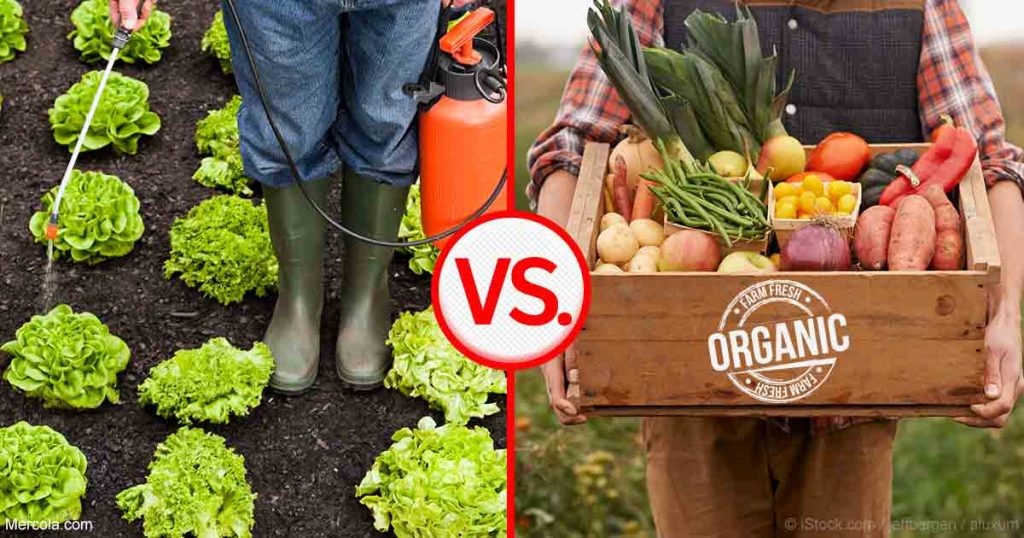In the heartland of the United States, where wide-open fields once symbolized the country’s agrarian heritage, a transformation has occurred over the past few decades. The rise of factory farming has forever changed the landscape of American agriculture, shaping not only the way we produce our food but also the choices we make at the dinner table. In this blog post, we will delve into the world of factory farming in the USA, emphasizing the stark differences between factory farming and organic farming.
Factory Farming: The Industrialization of Agriculture
Factory farming, also known as industrial agriculture or concentrated animal feeding operations (CAFOs), represents the epitome of efficiency and scale in food production. These massive facilities are characterized by their assembly-line approach to farming, where animals are raised in high densities and subjected to intense confinement. Here are some key aspects of factory farming in the USA:
- **High Stock Density: ** Factory farms house thousands of animals in tight quarters, often in overcrowded and unsanitary conditions. Chickens, pigs, and cows are kept in confined spaces, unable to exhibit their natural behaviors.
- **Use of Antibiotics and Hormones :**To promote rapid growth and prevent diseases in cramped conditions, factory farmers often rely heavily on antibiotics and hormones, which can lead to concerns about antibiotic resistance and hormone residues in meat.
- **Limited Access to Pasture :**Most factory-farmed animals have limited access to pasture or outdoor environments, leading to health and welfare issues.
- **Environmental Impact :**The concentrated waste produced in factory farms can lead to pollution of waterways and the release of greenhouse gases, contributing to environmental degradation.
Organic Farming: A Return to Nature
In contrast, organic farming represents a more traditional and holistic approach to agriculture. It emphasizes sustainability, animal welfare, and environmental stewardship. Here’s how organic farming differs from factory farming:
- **Animal Welfare:**Organic farming places a strong emphasis on the well-being of animals. Livestock raised organically are typically given more space to move around and are provided access to the outdoors.
- **No Antibiotics or Hormones:**Organic standards prohibit the routine use of antibiotics and hormones. Instead, organic farmers prioritize preventive measures and natural remedies to maintain animal health.
- **Pasture Access:**Organic livestock must have access to the outdoors and open pasture. This allows animals to engage in natural behaviors like grazing and foraging.
- **Sustainable Practices:**Organic farming employs sustainable practices such as crop rotation, cover cropping, and reduced pesticide use to promote soil health and biodiversity.
- **Environmental Stewardship:**Organic farming focuses on minimizing its environmental footprint, with an emphasis on reducing chemical inputs and conserving natural resources.
The Consumer’s Dilemma
As consumers, we are faced with a choice when it comes to the food we put on our plates. The rise of factory farming has made food more affordable and accessible, but it has also raised ethical and environmental concerns. Organic farming, on the other hand, offers a more sustainable and humane alternative, but often comes at a higher cost.
Ultimately, the decision between factory farming and organic farming comes down to personal values and priorities. Some may prioritize affordability and convenience, while others may prioritize animal welfare, environmental sustainability, and health. Fortunately, there is a growing movement toward sustainable and ethical agriculture, with many consumers and farmers alike advocating for more responsible food production practices.
In conclusion, factory farming in the USA has revolutionized food production by prioritizing efficiency and scale, but it has also raised significant concerns about animal welfare, environmental impact, and food safety. Organic farming offers a contrasting approach, emphasizing sustainability, animal welfare, and environmental stewardship. The choice between the two systems ultimately lies with consumers who have the power to shape the future of American agriculture by supporting practices that align with their values and priorities.










